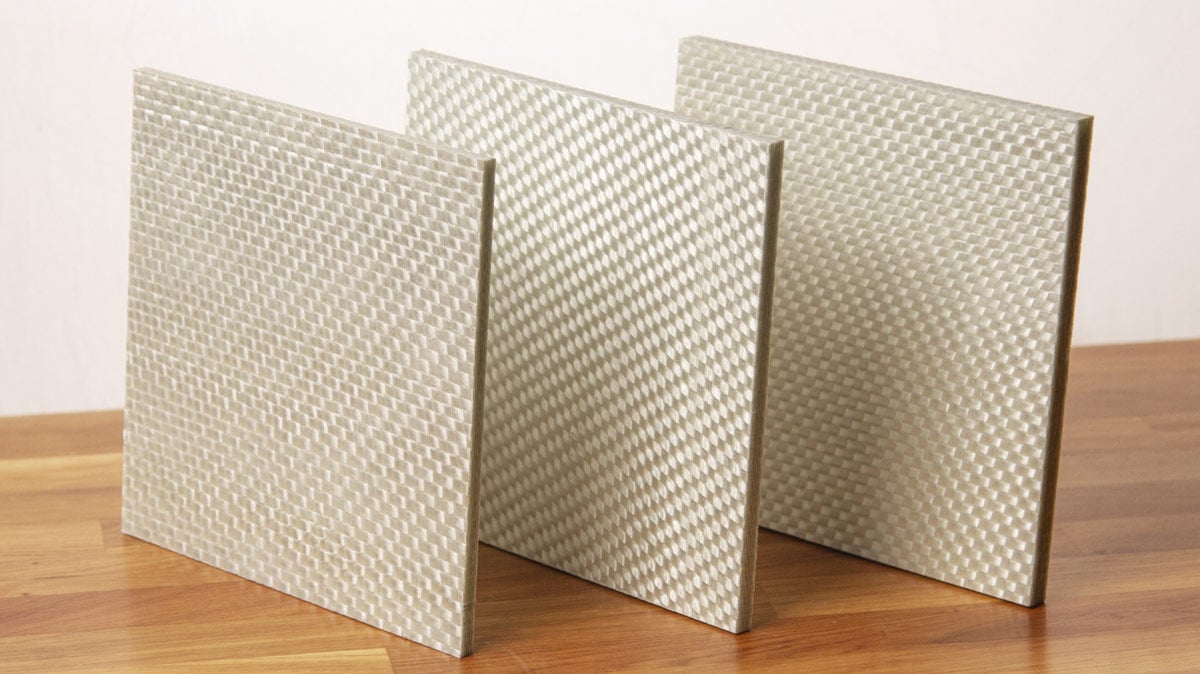A good bulletproof system begins with high-quality, rigorously tested ballistic materials. Once you’ve selected the right materials for your space and threat level, proper system design and installation are vital to ensuring that your bullet-resistant drywall is actually prepared to stop bullets.
Mistakes to Avoid with Bulletproof Drywall
In response to recent school shootings and other attacks, we’ve seen the market flooded with various classroom shields and ballistic clipboards. These are usually made of legitimate bullet-resistant fiberglass tested to UL bullet protection standards with a handle of some sort bolted to the back. These shields are rarely re-tested and certified after the handle has been added, and with good reason: they’re unlikely to pass a ballistic test.
As Total Security Solutions CEO Jim Richards points out, “That’s a problem; there are weaknesses there now.” Sticking a bolt right through the center of a piece of ballistic fiberglass will inevitably damage its ability to protect the person behind it.
This sort of mistake isn’t limited to fringe-market “classroom shields.” Because bulletproof wall panels are sized like sheetrock and can be worked with common hand tools, there’s a temptation to secure them along every stud, just like you would regular drywall. Here’s the issue: a line of screws down the center of a ballistic panel is bound to create a non-negligible weakness and reduce its ability to stop a bullet.
Building with Bullet-Resistant Drywall
In a well-designed bullet-resistant wall panel system, all of the ballistic paneling is secured along the edges. Since this can create weaknesses where panels meet, the edges are then reinforced with ballistic fiberglass batten strips. Lastly, a final layer of bulletproof drywall or veneer is mounted overtop of the shielding. The finished result is bulletproof wall panels entirely indistinguishable from their mundane counterparts.
The integrity of bullet-resistant drywall can also be affected by the structure to which it is being secured. For example, in most retrofits, there are existing physical and mechanical elements that need to be taken into account, such as HVAC vents, electrical and data runs, and even plumbing. Retail customers–especially the most cost-conscious small businesses–will occasionally elect to simply cut around these, much as you would with regular drywall. This doesn’t compromise the bulletproof wall panels’ overall integrity, but it does create weak points throughout the panel.
Since these customers install a ballistic system with crime deterrence in mind and hedge their bets against a random bandit, they can accept this small degradation in security in favor of cutting costs. No one plans an intricate “Oceans 11”-style gas station heist, and it’s exceedingly unlikely that a random bullet will just happen to slip straight through the half-inch hole drilled to allow for an ethernet cable.
If bulletproof wall construction is a part of your security system plans, be sure to consider whether decreasing the material’s protective qualities is in your best interest. If not, TSS experts are here to help you create a bulletproof barrier system that keeps you safe while looking great in your space.
Next Steps
- Visit our Download Center for the best free resources and information available about bulletproof glass and bullet resistant materials
- Read additional blogs about bulletproof glass
- Subscribe to our newsletter


